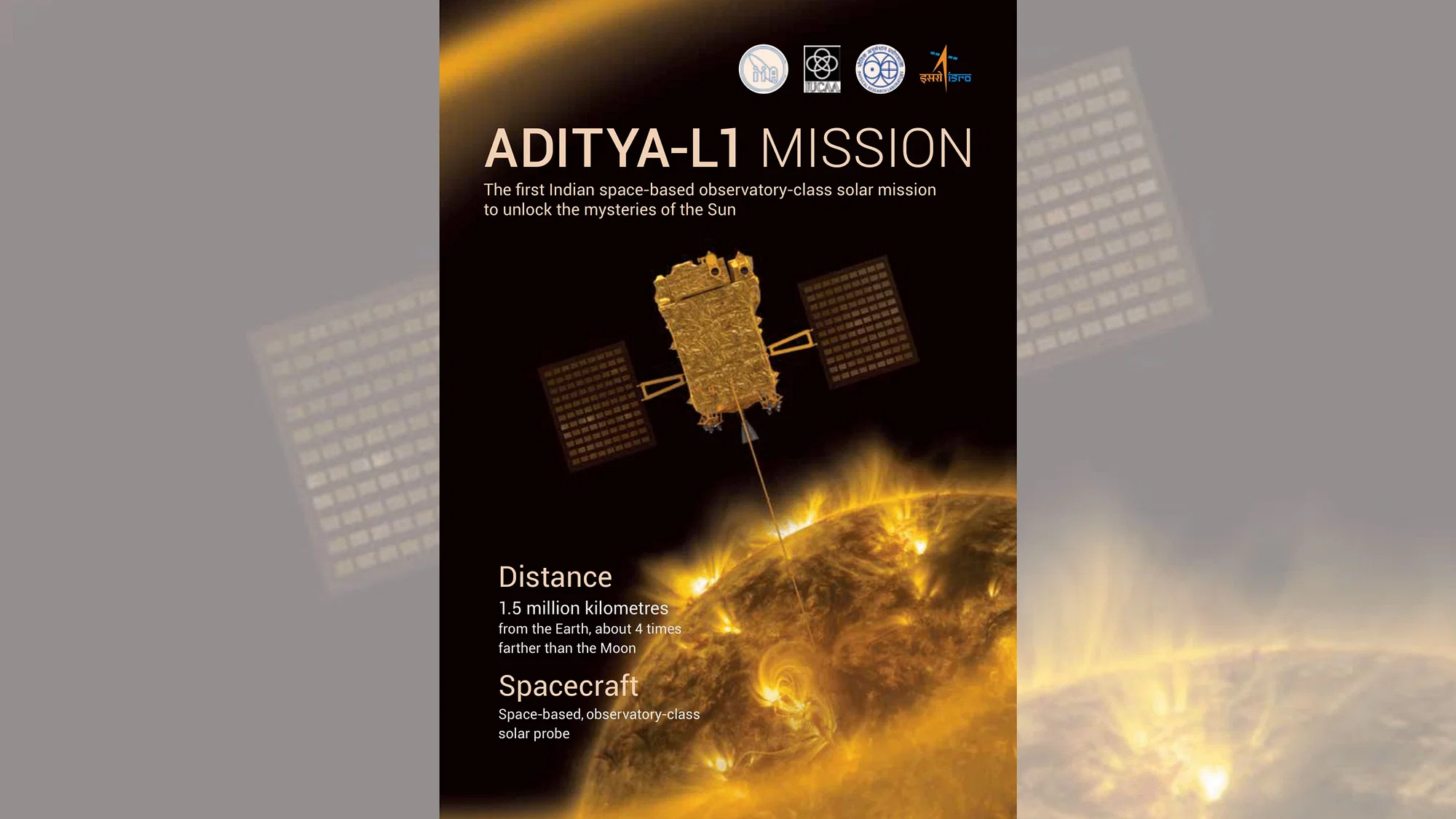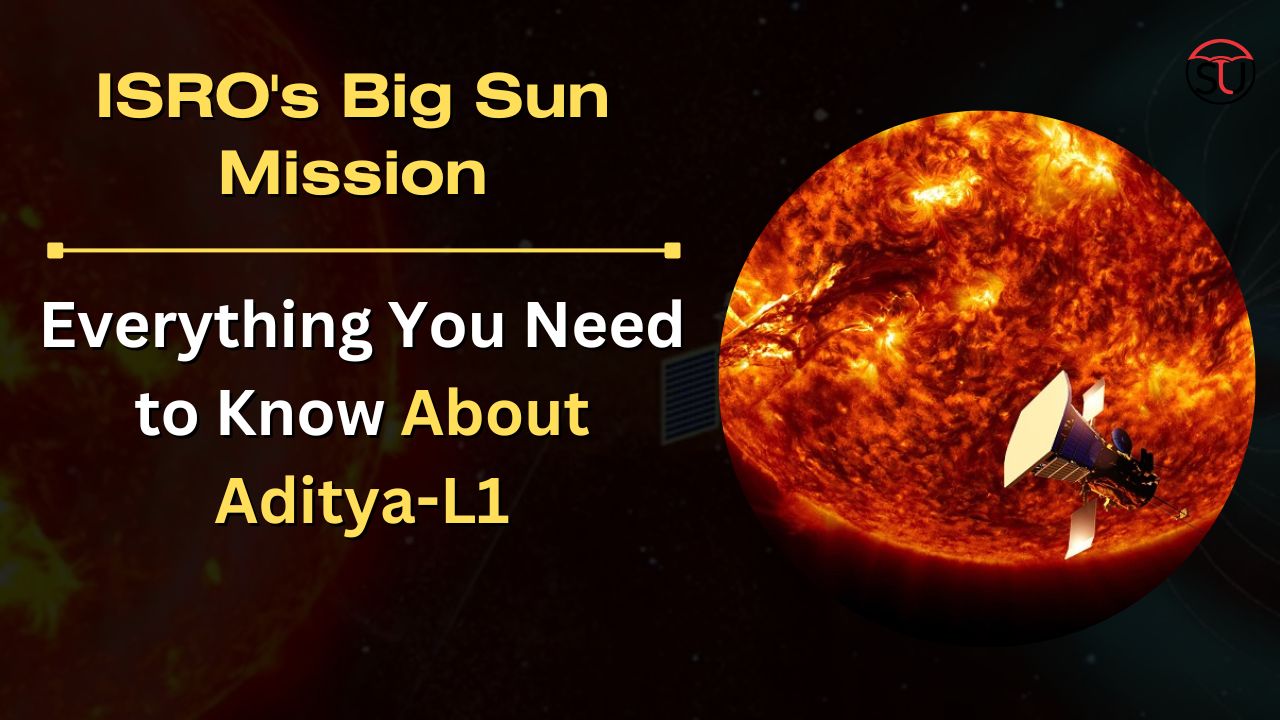Aditya-L1: Indian Space Research Organization (ISRO) is all set to launch the first spacecraft Aditya-L1 for the Sun. This is the first study by India which will take off on 2nd, September 2023 at 11.50 am from Srihari Kota. It is the first time when the entire team of ISRO is giving back-to-back results in exploring their mission.

Credit – Google
An image showing the spacecraft’s stowed view posted by ISRO, Aditya-L1 will be placed in a halo orbit around Lagrange point 1 (L1) of the Sun-Earth system that is 1.5 million km away from our planet. Satellite has own advantage of continuously viewing the sun without having an eclipse and they will observe solar activities and their effect on space weather in actual and real time.
What is Aditya L1?
Aditya-L1 is a spacecraft whose mission is to study the Sun. It was conceptualized by the Advisory Committee for Space Research in January 2008. It was designed and built in collaboration between the Indian Space Research Organization (ISRO) and various Indian research organizations,
And it will be launched by ISRO around 2 September 2023. It will be the first Indian space mission to study the Sun. And will also be the first Indian mission to be set up at the Lagrange point L1.

Credit – Google
Here are a few things to know about the Aditya-L1 spacecraft launching
- This spacecraft is carrying 7 payloads to observe various layers of the Sun using electromagnetic, particle and magnetic field detectors. It uses special vantage point L1 using four payloads to view directly to the Sun. The layers are as follows:
-Photosphere
-Chromosphere
-Outermost layers
-Other three

- The other three payloads carry out in-situ study of the particles and fields at the Aditya L1 Lagrange point. It provides importance in scientific studies of solar dynamics effect in the interplanetary medium.
- These payloads play an important role in providing crucial information to have a solution on the problem of coronal heating, coronal mass ejection, flare activities, pre-flare activities and their characteristic.
- It will also provide information of the dynamics of space weather, propagation of fields and particles.
What are the Science Objectives of Aditya-L1?

Credit – Google
- To study Solar upper atmospheric that is chromosphere and corona dynamics.
- To study the heating of chromosphere and coronal, physics of partially ionized plasma and initiation of coronal mass ejections, and flares.
- To observe plasma and in-situ particle environment that provides data to study the particle dynamics from the Sun.
- Physics and heating mechanism of solar corona
- Temperature, velocity, and density measurements of the coronal and coronal loop plasma.
- CME evolution, dynamics, and genesis.
- Determine the series of events that take place at various layers (chromosphere, base, and extended corona) and ultimately result in solar eruptive events.
- Magnetic field measurements and field topologies in the solar corona. Space weather triggers (solar wind origin, composition, and dynamics)



